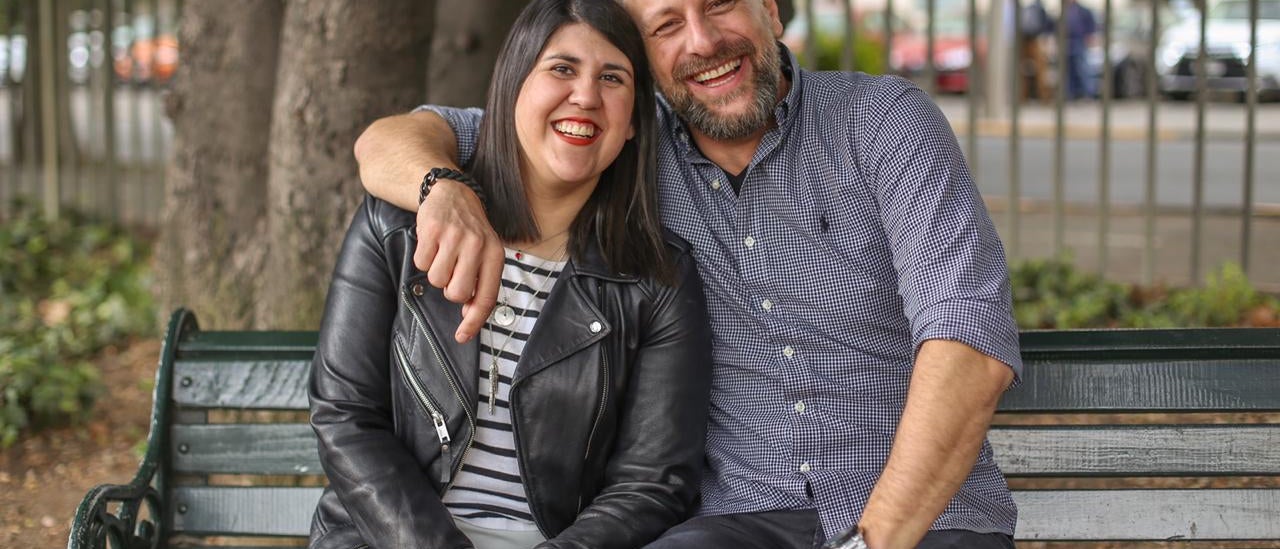Follow-up and Donor–Patient Contacts

About us
Donor Follow-up teams keep in regular contact with our donors, starting with an interview shortly after the donation (donor post-TX interview). We conduct a health history questionnaire with all our donors, after one month and six months and then every year up until ten years after the donation. As well as evaluating the answers in the questionnaire, we also assess the results of the blood sample taken one month after donation. If additional medical treatment for the donor is required, then our physicians at DKMS or the collection center will discuss this with the donor on a case-by-case basis. Furthermore, the FU/DPC teams provide whatever support is required to ensure that our donors are satisfied.
Follow-up
In very rare cases, if a donor faces complications after the procedure and is no longer available for the reserved patient, our follow-up teams will inform the transplant center. Our donor follow-up processes are based on the standards agreed with the World Marrow Donor Association (WMDA). The teams will also ensure adverse events and reactions are reported to WMDA as required by WMDA’s S(P)EAR reporting obligation in all cases where a donor or recipient faces any relevant complications or if there is any incident affecting the stem cell product.
If the donor wishes or needs to be excluded from our database and accordingly will no longer be available for international searches, the FU/DPC teams will exclude the donor from the database and forward this information to the transplant center.
Donor-Patient Contacts
Furthermore, our Donor–Patient Contact teams are responsible for tracking the infusion of cryopreserved hematopoietic stem cells. We regularly contact the transplant center, to determine whether the cells have been infused, and pass this information on to the donor. If the cells have been infused and the donor would like to receive updates on the patient, we also provide these.
The teams request patient updates from the transplant center. Usually, this is done three, twelve and twenty-four months post-donation, if the donor has requested to receive more than one update. There may be country-specific variations in the given timelines, and some countries send automatic updates at specific times while others provide an update only once.
We send the first update detailing the patient engraftment results to the collection center for quality control purposes and JACIE accreditation.
The teams will also pass on the initial and subsequent patient updates in an anonymous form to the donors, if they have requested to receive them.
Receiving these updates on the patient thus is crucial to both collection centers and donors:
- Collection centers are required to submit as much patient outcome data as possible during JACIE accreditation or re-accreditation processes. They also use the data for internal quality assessment. This ensures that the production of high-quality products directly benefits all patients.
- Most donors are emotionally attached to the recipient of their cells and they wait patiently but often desperately for the first news on how the recipient is doing. Receiving updates keeps donor satisfaction high, strengthens their motivation to donate again (donor availability) and helps to spread the word to new potential stem cell donors. It also ensures transparency and creates trust and confidence in the entire donation and transplantation process, including all parties.
Anonymous communication
In most cases, anonymous communication between the donor and patient is allowed and is coordinated by our teams. If the local regulations from the respective countries allow it, the teams will, upon request from either side, also facilitate the exchange of personal information and support in setting up the first meeting between patient and donor. However, this will only be done with the permission and on the request of both the patient and donor.